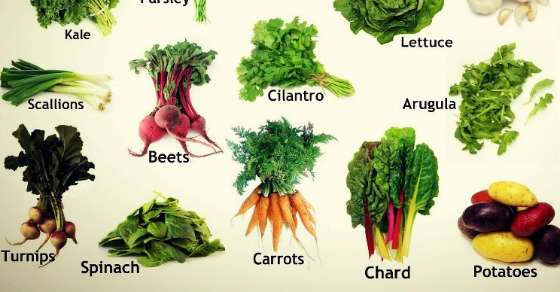We all know that most garden crops want as much sun as possible. Tomatoes, melons and peppers will positively pout if they don’t get oodles of light. What you may not realize is that many other garden crops will do quite well with limited sunlight.
Which plants will put up with lower light levels?
A general rule is that plants grown for their stems, leaves or buds generally tolerate light shade fairly well. Those grown for roots or fruits tend to need more sun.
That said, even many of these crops will also tolerate light shade, simply providing smaller yields. These are noted on the list with an asterisk (*).
The following crops will grow with as little as three to six hours of sun per day, or constant dappled shade. While size or yields may be affected in some instances, taste will be just as good.
Lettuce
Arugula
Spinach
Broccoli *
Green onions
Cabbage *
Parsley
Sorrel
Garlic
Mint
Collards
Endive
Cress
Cauliflower *
Peas *
Currants
Pak Choy
Beets *
Kohlrabi *
Brussels Sprouts
Mustard greens
Thyme
Coriander
Tarragon
Radishes
Cardamom
Potatoes *
Rhubarb *
Swiss Chard
Kale
Turnips *
Carrots *
Sweet potatoes and yams *
Gooseberries
Cilantro
Dill
Lemon Balm
Strawberries *
Beans *
Blackberries and raspberries *
Keep in mind:
-If trees or other plants are the source of shade, garden plants may not only have to compete for light but also nutrients and water.
-The amount of shade may vary by the seasons when the angle of the sun is different. Study your land carefully and see if sunlight is a bigger or smaller problem than you may have thought later in the season.
-Bright and light surfaces nearby (such as white fences or walls) can increase the amount of light plants get.
-Morning shade and afternoon shade differ in their effects on garden plants. Some cool season vegetables may actually prefer lots of morning sun and then shade during the hot summer afternoons.
-Areas with partial shade in the afternoon can also extend the growing season for some cool season crops that are prone to bolting during higher heat, such as lettuce.
-Pay attention to air circulation. Walls and branches can block air flow, allowing moisture to build up and encourage some diseases. Plant crops with more space between them in shady areas, and be careful to water around the root area and not soak leaves from above.
-It’s even more important to keep weeds at bay for shade crops that are already competing for light, water and nutrients in less ideal conditions.
-Pruning nearby trees and bushes can dramatically help increase sun exposure.
-Light is more important in northern states like Minnesota, where we have shorter growing seasons and cooler temperatures. A southern zone 9 garden can tolerate much more shade than a zone 4 garden in Mankato.
If you like this idea, be sure to share it with your friends and inspire someone you know. Anything becomes possible with just a little inspiration…

